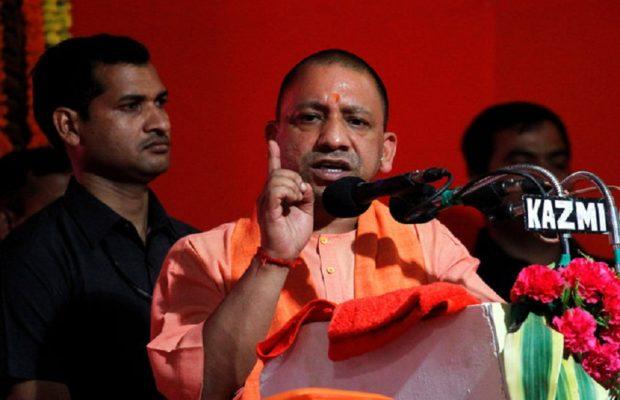Mission Parivaar Vikas:
April 26, 2017 | Expert Insights

Will the new family planning scheme work in UP?
Health Ministry of India’s “Mission Parivaar Vikas” (MPV) in 145 High Focus districts (of UP, Bihar, Rajasthan, Madhya Pradesh, Chhattisgarh, Jharkhand and Assam) was rolled out in September 2016. It aims for improved family planning services by accelerating access to information, reliable services and supplies. 145 districts with a total fertility rate (TFR) of 3 and above, account for 28% of India's population and 30% of maternal deaths and nearly 50% of infant deaths. The need for this program is highlighted by the massive population of Uttar Pradesh itself which is estimated to be over 220 million.
Plan on wheels in Uttar Pradesh
CM Yogi Adityanath’s government has begun working on an action plan in accordance to the MPV as of 21st April. Some proposals for the scheme include measures like provision of a family planning kit for newly-weds in rural areas worth Rs.220; a new contraceptive injection where opting women will be paid a Rs.100 per shot incentive; the training of Asha workers and nurses to carry out these procedures; the 50% hike in financial incentives for willing participants of sterilisation procedures such as tubectomies (Rs. 2,000 ) and vasectomies (Rs.3,000); easy access to contraceptives and organising saas-bahu sammelans to facilitate tabooed conversation and bring about attitude change.
Analysis
The proposed funds for this program come from the Union Budget 2017-18’s increase of Rs. 10,000 crores to the Health Ministry and a collaboration with the Indian Health Action Trust (IHAT) through funding support of Bill & Melinda Gates Foundation (BMGF). Social franchising is expected to make family planning more efficient and equitable, increase coverage and reach, and reduce operational burden on the government.
A family planning scheme has various benefits, such as reducing poverty, improving living conditions, reducing unemployment, facilitating effective governmental program outreach etc., both for the state and the country.
Assessment
The present focus of the scheme lies too heavily on incentivising health care rather than educating the people and empowering them to make their own decisions. This approach to dealing with the issue is a temporary one at best, and would reap short-term results until the people realise the inadequacy of the incentives. After a point of time, with rising inflation, these incentives will lapse in effect and no longer beckon to the need for instant gratification of the people. The cost of production for these contraceptive shots remains unknown, as does the exact amount from public and private funds that is required for this operation which raises questions regarding implementation.
While the initiative is a powerful one, there exist plenty of loopholes that need to be fixed, and more information to be provided. We can only hope this scheme will be implemented in a successful and ethical manner.








Comments